What is Open Circuit?
Understanding open circuits is essential for maintaining electrical system safety and efficiency, utilizing advanced diagnostics and AI/ML technologies for effective management.
In the domain of electrical engineering and electronics, it is imperative to possess an in-depth understanding of open circuits. Open circuits are a part of many applications, ranging from simple appliances to sophisticated industrial systems. This article explores the concept of open circuits, their implication, and the sophisticated methods used to detect and handle them efficiently.
Defining an Open Circuit
An open circuit is felt when there is an interference in the uninterrupted path required for electric current flow. Unlike a "closed circuit," in which electricity flows smoothly, an open circuit has a gap that disallows the current, though voltage might be present across the open points.
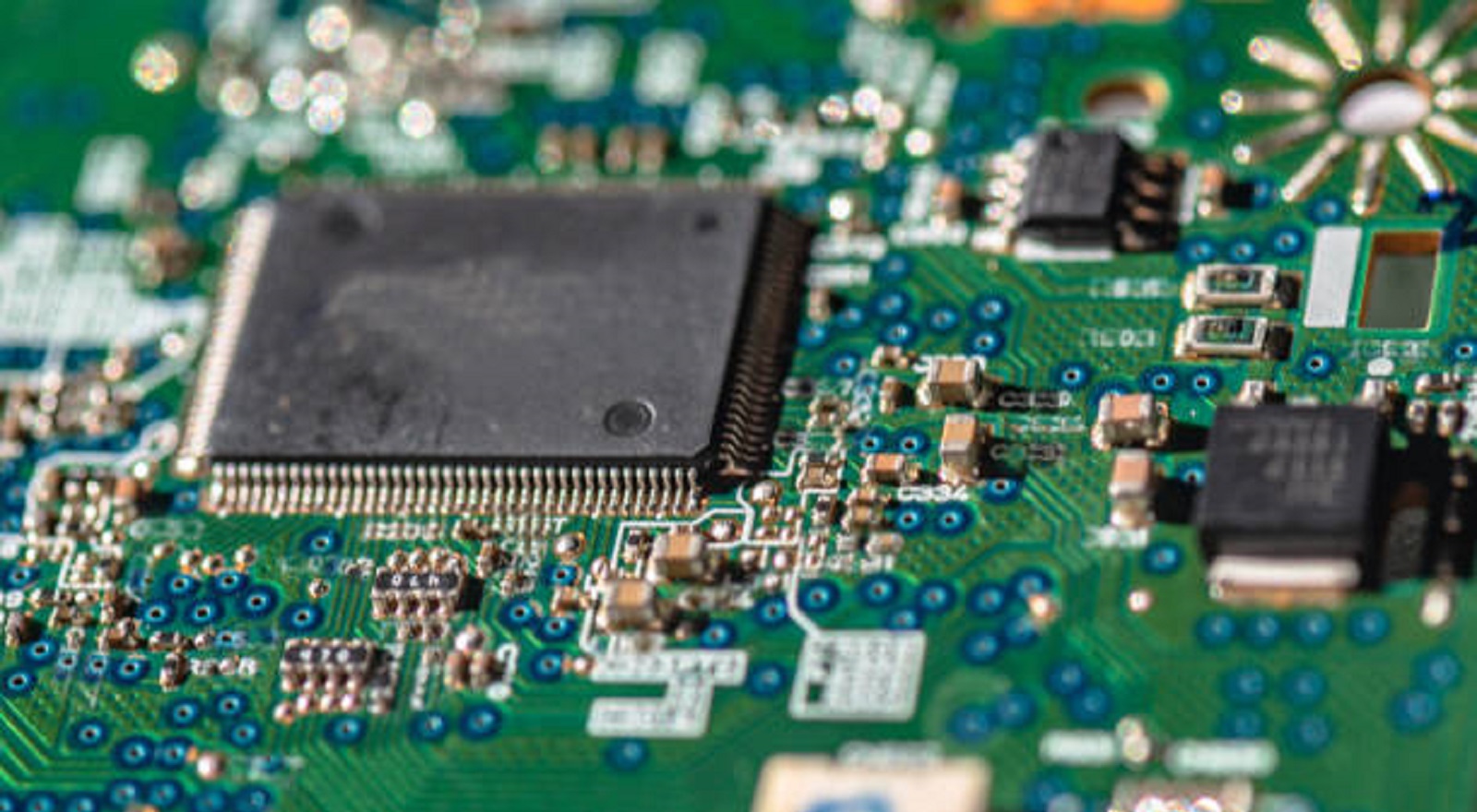
Take the case of a battery, a switch, wires, and a lightbulb: when the switch is placed "off," the circuit is interrupted, creating a gap which prevents the flow of current of electricity. That's what informs us about what makes open circuits the defining feature—where there is infinite resistance and no flow of electrical current can take place.
Anatomy and Impacts of Open Circuits
Open circuits come in all forms and with serious real-world implications:
Component Failures: Fractured wires, loose wires, and burned-out devices like fuses or resistors cause breaks. These failures create breaks in current flow, resulting in system faults.
External Disruptions: Corrosion and power outages generate open circuits. Over time, corrosion builds a thin insulating film over metal devices, blocking current flow.
Human Error: Improper installation or involuntary disconnection create breaks, creating open circuits inadvertently.
Wherever within home appliances or industrial use, open circuits cause minor hiccups or complete shutdowns, underscoring the significance of robust design and maintenance methods.
Open Circuits in Electronic Devices
Open circuits are working elements in electronics, particularly within semiconductors like transistors and diodes:
Transistors: As open circuits within their cut-off state, transistors block the passage of current and serve as switches in computers and other digital uses, allowing a logical "0" state.
Diodes: In reverse bias, they behave like open circuits, preventing the flow of current, critical in regulating current and blocking voltage spikes from destroying circuits.
Detection and Management Technologies
Advanced electrical diagnostic technology offers advanced detection and management tools and methods to survey and regulate open circuits:
Advanced Diagnostic Tools: Tools like digital multimeters, high-definition oscilloscopes, and thermal imaging cameras are used in detecting open circuits. These tools provide high-resolution measurement and visualization to immediately spot circuit discontinuities.
AI and ML Integration: Combining artificial intelligence (AI) and machine learning (ML) upgrades predictive analytics and real-time diagnostic capabilities. AI tools analyze circuit data to detect anomalies better than could be done manually, and ML-based systems actively counter faults and repair them.
Safety and Reliability
Open circuits pose extreme risks to system reliability and safety. Corrective control is essential in high-risk environments such as power generation, manufacturing, and communication systems. The hazards involved are:
System Shutdowns: Open circuits in the critical components of the system may cause production shutdown, trigger outages, or compromise communication networks.
Safety Risks: In vital applications, such as medical devices or transportation controls, open circuits could compromise safety and threaten lives.
Operational Inefficiencies: A repeated open circuit fault causes a greater maintenance need and excessive economic loss due to repeated repairs and shutdowns.
Real-World Applications
Circuit Protection: Fuses and circuit breakers are designed to create open circuits in cases of overloading or short circuits, blocking excessive current flow that can damage components or cause fires.
Logic and Sensor Applications: Open logic gate and sensor circuits are used to signal different conditions or measure amounts. A pushbutton switch is an open circuit when unpressed.
Troubleshooting: Detection of opening circuits is critical in troubleshooting. Technicians use instruments to check voltage or continuity, finding the break to correct immediately.
Overcoming Technical Challenges
Identifying and fixing open circuits, especially in complex systems, involves advanced techniques and instruments
Complex System Interdependencies: Interdependent system simulation software forecasts and simulates behavior across various conditions to identify causes of open circuits in interdependent systems.
Microelectronics: Fixing open circuits in microelectronics requires high-precision tools like micro-soldering to rectify functionality without degrading nearby components.
Emerging Technologies: Applying AI diagnostics and ML-driven algorithms significantly enhances fault detection and correction, reducing downtime and maintenance costs.
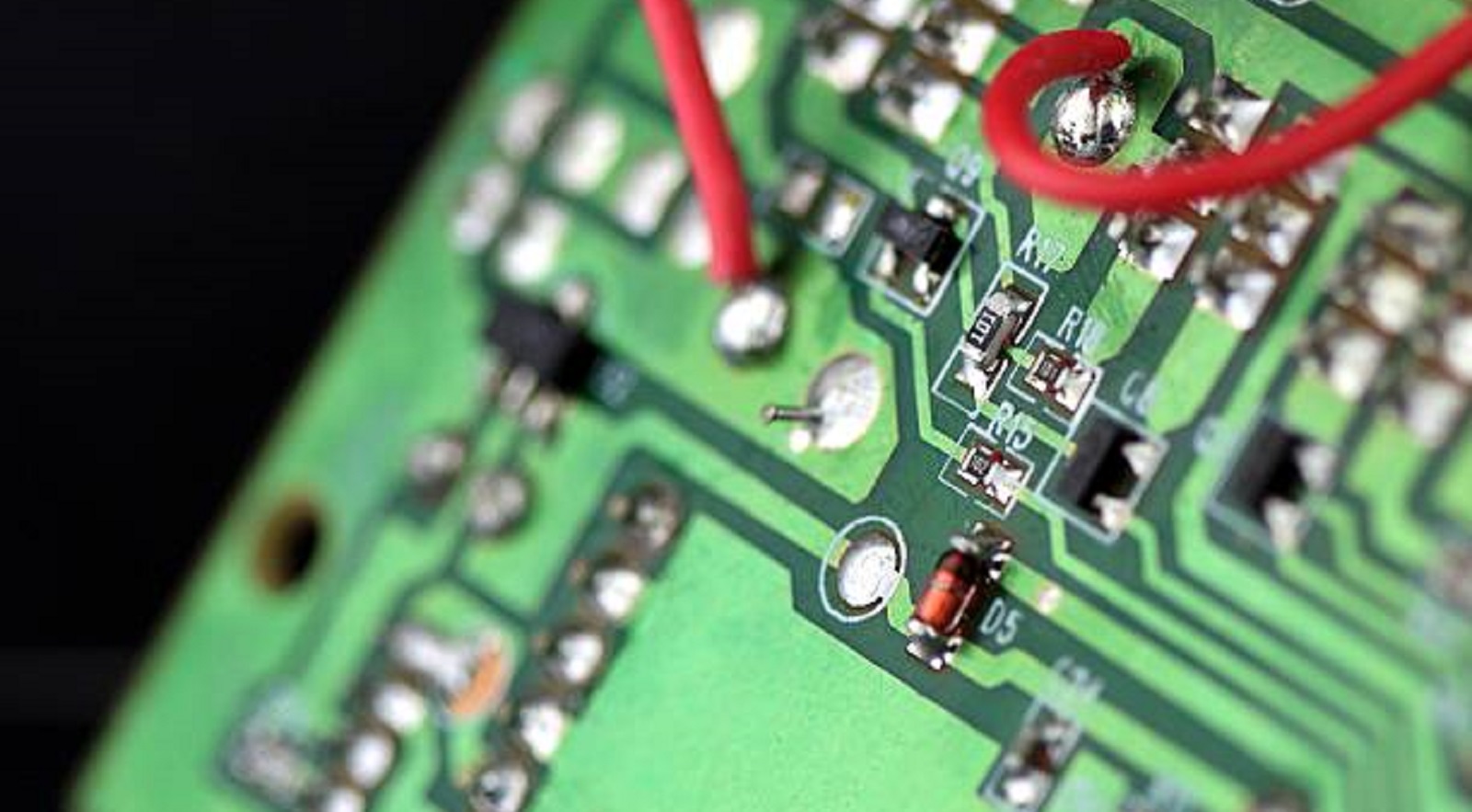
Open circuit understanding is crucial for anyone involved in the design, operation, and maintenance of electrical systems. The elementary electrical engineering principle not only improves system safety and reliability but also technological innovation and operation effectiveness. With PCBX, we strive to integrate advanced diagnostic technology and innovative strategies towards offering quality PCB design and manufacturing services that ensure robust and reliable electronic systems globally.
Hot Tags:
Contact us

If you can't find what you're looking for, please contact us.
Article
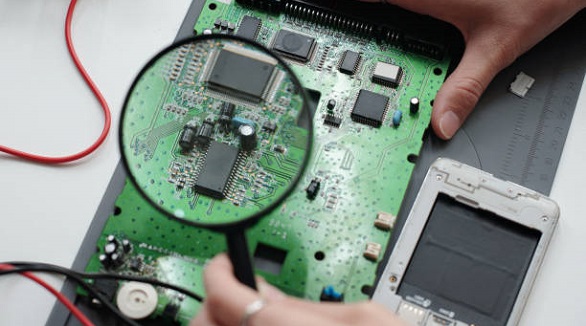
Testing diodes with a multimeter is crucial for ensuring reliable performance and preventing failures in electronic appliances by directing current flow effectively.
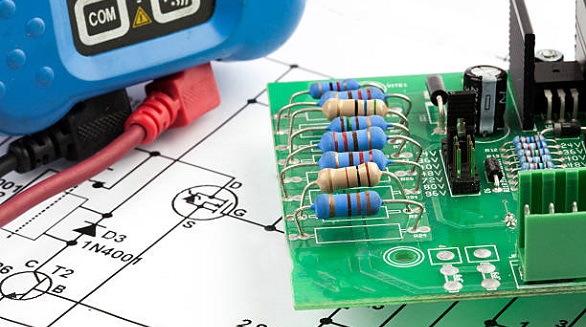
Current limit control circuits safeguard electronics by regulating excess current, ensuring device safety and reliability across various applications and industries.
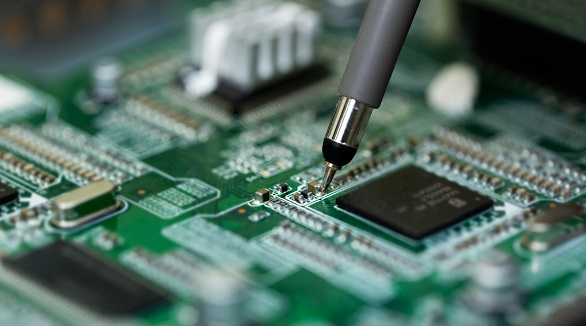
PCB short circuits arise from unintended connections, leading to safety risks. Prevention involves isolation, inspections, and thermal protection, ensuring device reliability and safety.